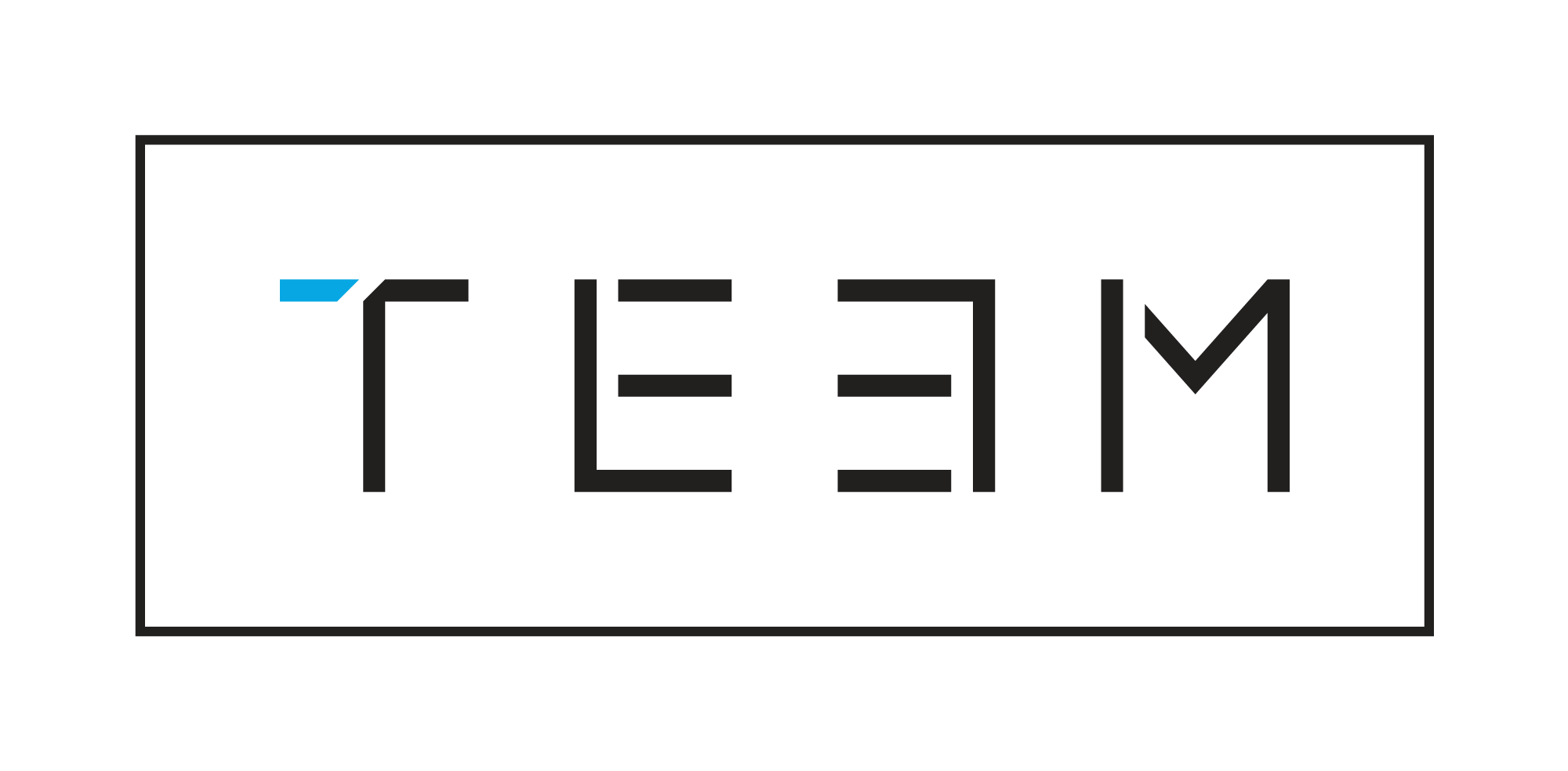I know, I know… machines are taking over the world. But in 2019 and beyond, successful businesses will be embracing bots in marketing. Don’t fight it. Here are some practical examples of how technological advancement, artificial intelligence and automation can amp up your reach and appeals.

Adoption of Bots is Rapidly Increasing
Voice Search
Around 50% of all searches will be made via voice search by 2020. And regardless of the stats, I know that my daughter and her friends are coming of age in a world where smart speakers and TVs and watches are part of the woodwork. 67 million voice devices will be in homes and offices in the US by the time 2019 rolls around, so it’s safe to say that voice search isn’t going anywhere. In response, smart marketers will be incorporating voice search into their SEO strategy. Embracing bots in marketing doesn’t have to be complicated. Just think about using natural language rather than strictly keywords or formal, industry-specific lexicon. Little adaptations will help you be ready for the increased traffic from voice search (which, remember, will encompass half of all search queries by 2020).
Augmented Reality (AR)
Augmented reality is tech that combines virtual experiences with the real world via live video or images that are digitally enhanced with computer-generated graphics. AR sounds more freaky than it is. Think about how nice it is to upload a picture of your house and test paint colors with Sherwin Williams Color Visualizer tool. Or visit Makeup Genius by L’Oreal and try out a product before you buy. Or check out the Vivino app, which helps you locate, rate and purchase wine by simply ‘reading’ a restaurant’s wine list with your phone camera. There are now Android and IOS developer tools that are making augmented reality accessible for forward-thinking brands, so don’t be afraid to give it a shot!
Artificial Intelligence (AI)
Artificial intelligence – or at least machine learning – is playing an ever more critical role in marketing and customer service processes today. AI can leverage data from social media platforms and blog posts, and analyze consumer behavior and search patterns, to help businesses understand how prospects and customers find them and or explore products and services to buy. AI also offers tips, info and assistance to users by getting into the conversation instead of just monitoring. According to Gartner, by 2020, 85% of customer interactions and 60% of digital commerce will be managed without human participation. Businesses who adopt AI can save money, reduce labor requirements, accelerate growth, and gain a competitive edge. Programmatic advertising is essentially using AI to automate the buying of ads and reduce customer acquisition costs by targeting audiences more specifically. As per eMarketer, 84% of the digital display ads in the US will be programmatic by 2019.
Chatbots
Chatbots are the last application I’ll showcase here – and they are really just another form of AI. IBM predicts that chatbots could save more than $8 billion per year by 2022, which would be an improvement of 400% over 2017. By 2020 85% of customer interactions are predicted to be dealt with by chatbots. While a lot of businesses still worry that serving customers through a bot will erode the CS experience, chatbots facilitate 24/7 two-way communication between your audience and your company. And a recent survey revealed that 70% of consumers reported a positive experience and 9% were neutral. Chatbots have huge market potential. Don’t let your marketing living in the dark ages, embracing bots in marketing is now more available and useful than ever before.

